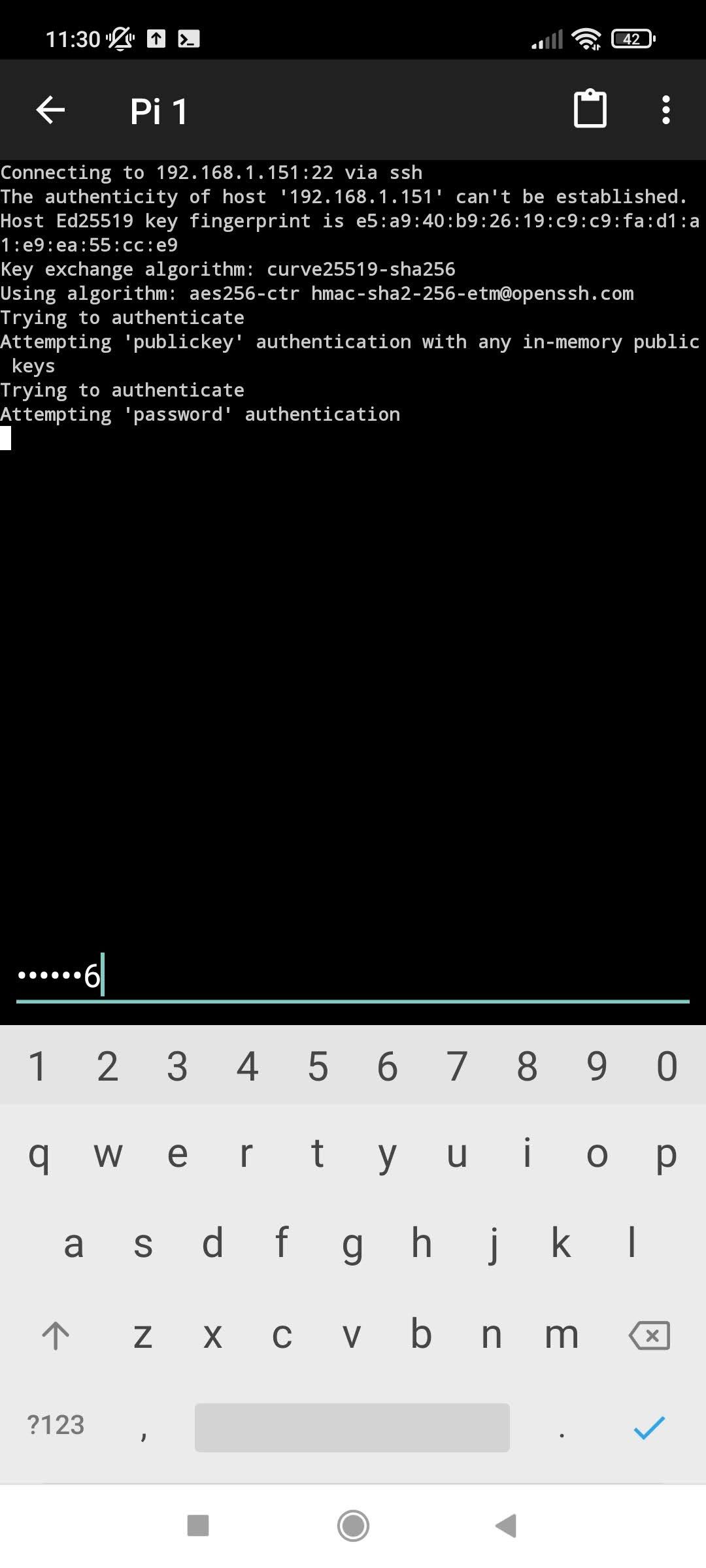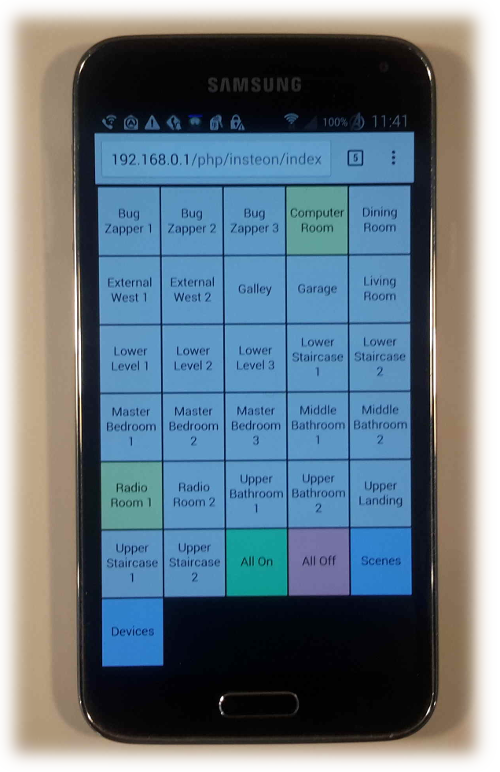Is it feasible to transition from a 32-bit to a 64-bit Raspberry Pi OS installation without physically accessing the device? Absolutely, with the right approach and tools, you can accomplish this task seamlessly. Modern technology has made remote management of IoT devices more accessible than ever before. By utilizing SSH (Secure Shell), you can manage your Raspberry Pi remotely, ensuring that updates and installations are performed efficiently, even when the device is located miles away.
Remote access to IoT devices such as the Raspberry Pi has become an essential skill for tech enthusiasts and professionals alike. The ability to configure, update, and troubleshoot these devices from afar saves time and resources. For instance, imagine having a fleet of Raspberry Pi units deployed across various locations. With SSH, you can connect to any of these devices over the internet, making adjustments or installing new software without needing physical presence. This capability becomes particularly crucial in scenarios where devices are installed in hard-to-reach areas or when managing large-scale deployments.
| Bio Data | Details |
|---|---|
| Name | Raspberry Pi Foundation |
| Foundation Date | November 2008 |
| Location | Cambridge, United Kingdom |
| Official Website | Raspberry Pi Official Site |
| Career Highlights | Development of affordable, programmable computers aimed at promoting computer science education globally. |
| Professional Achievements | Pioneering work in IoT technology, fostering innovation among hobbyists and educators worldwide. |
The process of reinstalling Raspberry Pi OS from a 32-bit to a 64-bit version via SSH involves several critical steps. Initially, ensure that your current system is backed up to prevent data loss. Once the backup is secure, proceed by downloading the latest 64-bit image of Raspberry Pi OS Lite. Utilize tools such as Etcher or dd to write the image onto an SD card. Insert the SD card into your Raspberry Pi and power it on. If the device is headless, meaning it lacks a monitor and keyboard, establish an SSH connection using a terminal application like PuTTY on Windows or simply the terminal on macOS and Linux.
Connecting your Raspberry Pi to Azure IoT Hub opens up a world of possibilities for data collection and analysis. Azure provides robust cloud services tailored for IoT applications, allowing users to harness the full potential of their connected devices. To integrate your Raspberry Pi with Azure, start by setting up an IoT Hub within the Azure Portal. Next, register your device in the IoT Hub and retrieve its connection string. Install the necessary libraries on your Raspberry Pi, such as the Azure IoT Device SDK, which facilitates communication between the device and the cloud. With everything configured, your Raspberry Pi can now send telemetry data to Azure, enabling real-time monitoring and analytics.
SocketXP offers a sophisticated solution for securing remote SSH access to IoT devices, including Raspberry Pi units. This service simplifies the process of establishing encrypted connections, enhancing both convenience and security. Begin by downloading and installing the SocketXP agent on your local machine. Configure the agent to communicate with your Raspberry Pi by specifying the appropriate port forwarding settings. Once set up, you can initiate SSH sessions from anywhere in the world, provided you have internet access. SocketXP eliminates the complexities associated with traditional SSH tunneling, making it an ideal choice for managing fleets of IoT devices.
Setting up SSH over the internet requires careful consideration of network configurations. One common method involves port forwarding on your router. Identify the external IP address assigned by your ISP and configure your router to direct incoming traffic on a specific port (e.g., port 22) to your Raspberry Pi's local IP address. Additionally, consider implementing dynamic DNS services if your IP address changes frequently. This setup enables persistent connectivity, ensuring that you can always reach your device regardless of location. However, always prioritize security measures such as strong passwords and public key authentication to protect against unauthorized access.
In scenarios involving thousands of IoT devices, maintaining reliable connections poses significant challenges. Traditional methods may prove insufficient, necessitating innovative solutions. Autossh, combined with remote port forwarding, presents a viable option for managing large-scale deployments. By establishing persistent SSH tunnels, autossh ensures that connections remain active even during network disruptions. Furthermore, integrating these tunnels with a centralized server allows administrators to access multiple devices through a single entry point, streamlining management processes. Such strategies not only enhance efficiency but also contribute to the scalability of IoT networks.
As technology continues to evolve, the demand for efficient remote management solutions will only increase. Leveraging tools like SSH, Azure IoT Hub, and SocketXP empowers users to take full advantage of their IoT investments. Whether deploying a single Raspberry Pi or overseeing an expansive network of interconnected devices, mastering these techniques equips you with the skills needed to thrive in today's digital landscape. Embrace the opportunities presented by remote access technologies and unlock the true potential of your IoT projects.




